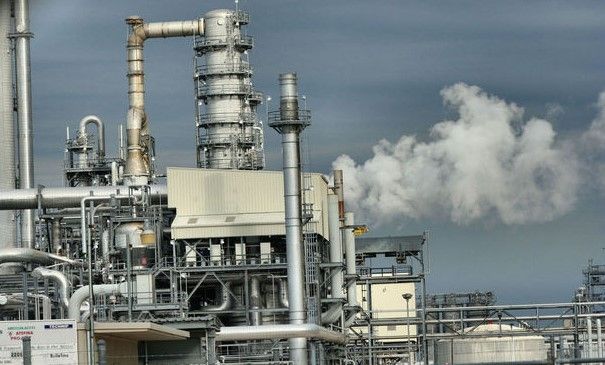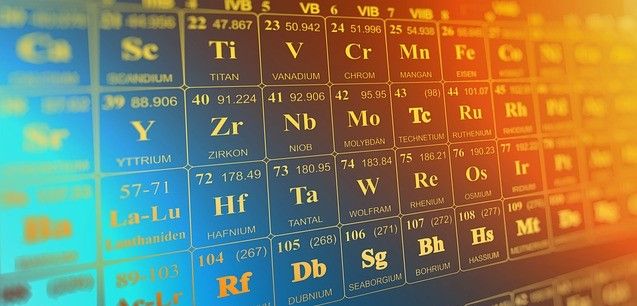With the birth of quantum mechanics, microchips, and nanotechnology, science has become increasingly focused on the miniscule.
For chemists, this has led to advanced analysis of how materials act differently at incredibly small scales and theorising how this could be used to improve the reactions at the core of the chemical industry.
Now researchers from Vienna’s University of technology have conducted some of the first practical experiments showing the success of catalysts the size of a single atom.

While chemists are used to predicting how electrons work from particles, the theoretical chemistry at the atomic level is completely different.
“For individual atoms, the old models are no longer applicable,” notes Prof. Gareth Parkinson, one of the paper’s authors. “Individual atoms do not share electrons like a metal, so the electron bands, whose energy was key to explaining catalysis, simply do not exist in this case.”
“Depending on the surface on which we place the metal atoms and which atomic bonds they form, we can change the reactivity of the atoms,” explains Parkinson. “In many cases the metals that we think of as good catalysts remain good catalysts in the form of individual atoms.”
“Metals such as gold or platinum are often used as catalysts,” explains the university press release. “In the catalytic converters of vehicles, for example, platinum nanoparticles convert poisonous carbon monoxide into non-toxic CO2. Because platinum and other catalytically active metals are expensive and rare, the nanoparticles involved have been made smaller and smaller over time.”
However, when using even tiny pieces of a metal as a catalyst, only the atoms on the surface actually come into contact with other chemicals to create a reaction. All the atoms in the middle of a particle are not working.
Taking this logic to its extreme has led researchers over the last decade to conclude that single atoms of a substance would make the best catalysts. Recent theoretical and practical experiments at Vienna’s University of Technology show that these single-atom catalysts could lead to cheaper industrial chemical production.

“Individual atoms can no longer be described using the rules developed from larger pieces of metal, so the rules used to predict which metals will be good catalysts must be revamped,” notes the press release. “As it turns out, single atom catalysts based on much cheaper materials might be even more effective.”
As only single atoms of a metallic element are being used in the experiments, they need anchoring by a cheaper support material. Other substances, such as platinum, no longer seem worthwhile, not only because of their expensive prices tag, but also because other metals perform better at this scale.
“Individual nickel atoms show great promise for carbon monoxide oxidation,” says Parkinson. “If we understand the atomic mechanisms of single atom catalysis, we have a lot more leeway to influence the chemical processes.”

The researchers have now published their findings in the journal Science, where they explain their theories and describe the way that they tested eight different metals on an iron oxide (Fe3O4) support to gauge their properties for working as catalysts. The results of the analysis on copper, silver, gold, nickel, palladium, platinum, rhodium, and iridium matched the theoretical models precisely, paving the way for the development of single-atom catalysts for use at an industrial scale.
“Catalysts are very important in many areas, especially when it comes to chemical reactions that play a major role in attempts to develop a renewable energy economy,” stresses Parkinson. “Our new approach shows that it doesn't always have to be platinum.”
As the online journal Science Daily concludes, “The decisive factor is the local environment of the atoms -- and if you choose it correctly, you can develop better catalysts and at the same time save resources and costs.”
Photo credit: Gerd Altmann from Pixabay, Elchinator, Gerd Altmann, & Cheryl Empey from FreeImages